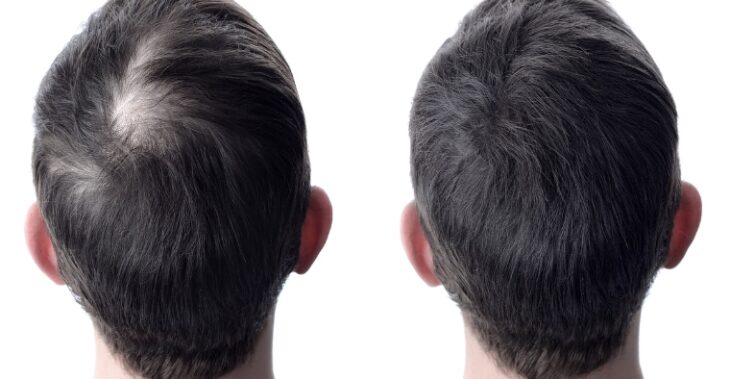
Decoding Hair Loss: Understanding the Genetic Blueprint Behind Thinning Locks
Introduction:
In the realm of hair loss, the intricate dance between genetics and environmental factors orchestrates a condition that affects millions worldwide. Whether it’s the receding hairline in men or diffuse thinning in women, the genetics of hair loss, scientifically known as androgenetic alopecia, presents a fascinating but often distressing phenomenon.
Let’s embark on a journey to unravel the strong link between genetics and hair loss.
Understanding the Genetic Predisposition:
Genetics wield a profound influence on our hair’s fate. If your family tree boasts branches with balding patterns, chances are you’re carrying the genetic susceptibility. Androgenetic alopecia is inheritable from both maternal and paternal sides, with specific genes like AR (androgen receptor) and those governing hair follicle development playing pivotal roles.
Hormonal Havoc: The Role of Androgens
Enter the scene: androgens, particularly dihydrotestosterone (DHT). In individuals genetically predisposed to hair loss, DHT interacts with hair follicles, triggering a process of miniaturization that gradually weakens follicles, leading to hair thinning and eventual loss. This hormonal interplay is a key player in the progression of hair loss.
The Pattern Unfolds:
Male-pattern baldness often begins with a receding hairline and thinning at the crown, while female-pattern hair loss typically manifests as diffuse thinning across the scalp. These distinct patterns, guided by genetics, follow a predetermined course but can vary in onset and severity.
Aging and Other Influences:
As the clock ticks, genetic factors combined with environmental and lifestyle influences become more evident.
Stress, diet, underlying health conditions, and certain medications can exacerbate or accelerate hair loss, emphasizing the intricate interplay between nature and nurture.
Seeking Solutions:
Armed with knowledge about the genetic underpinnings of hair loss, numerous treatments have emerged. From FDA-approved medications like minoxidil and finasteride, which target hormonal pathways and promote regrowth, to advanced hair transplant techniques, options abound for managing hair loss based on individual genetic predispositions.
Embracing Empowerment:
While genetics set the stage for hair loss, understanding this link empowers individuals to take proactive steps. Consult Dr. Vinod Sonawane at Bloom Hair Transplant today, we can offer personalized insights and tailored interventions, potentially slowing down or managing the progression of hair loss.
Conclusion:
Genetics isn’t destiny, especially in the realm of hair loss. The intricate web of genetic predisposition, hormonal influences, and environmental factors shapes this condition. By decoding the genetic blueprint, exploring treatment avenues, and making informed choices, individuals can navigate the complexities of hair loss with confidence and resilience.
Remember, the story of hair loss is multifaceted, and while genetics plays a starring role, it’s a tale that unfolds uniquely for each individual.

